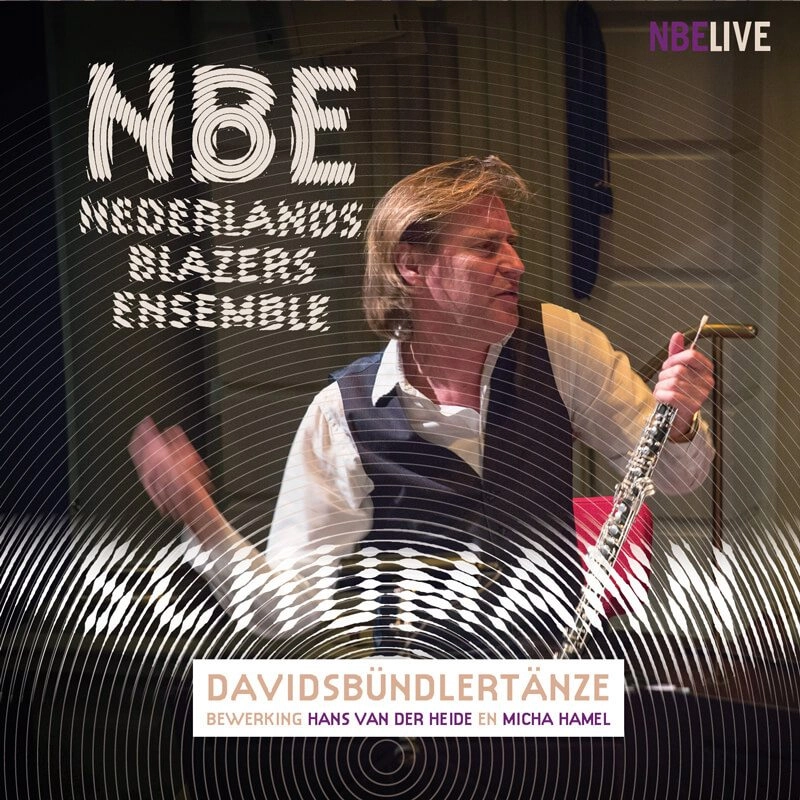Davidsbündlertänze – Robert Schumann
Arranged by Hans van der Heide & Micha Hamel
Robert Schumann is the type of composer we all love, whose music apparently holds no secrets for us and is easy listening. Schumann guides us along familiar paths. Or so we think.
Yet is this really the case? I actually believe that the music Schumann composed becomes more intriguing and special if we know the story behind the notes.
That the music sounds different if we know the reason behind it.
You could call Schumann a true Romantic composer: seeking wide open spaces, the sky is the limit, Himmelhoch jauchzend, zum Tode betrübt. You won’t find a more Romantic composer than Schumann.
Born in 1810 in the German city of Zwickau, the son of a bookbinder, Robert’s childhood formed his happiest years. Yet this changed all too quickly: his eldest sister committed suicide when Robert was 16. His mother suffered from ‘nervous breakdowns’, as Schumann described them in his diaries.
And throughout his life Robert himself alternated between times of great euphoria and periods in which he suffered from severe bipolar depression. Schumann drank a lot, huge quantities of wine, smoked many, very many cigars, argued and caroused with his friends until the small hours, but later that same night would be haunted by choirs of angels and devils’ voices.
And it is really incredible that between these severe mood swings Schumann was capable, again and again, of being highly creative and writing a series of beautiful compositions!
As was the case in 1837…
After a great deal of trouble and strife, fierce opposition from his former teacher Friedrich Wieck and many months of legal wrangling, he became engaged to Clara, the woman he loved with all his heart, his lifelong muse.
Together with Clara he formed the Davidsbund, an imaginary league that fought and argued for true and high-minded art. The alter egos were Florestan and Eusebius. Florestan was emotional, passionate and daring, while Eusebius was the reserved, sensitive lyricist. Two opposing characters who complement each other and together form the ideal artist. And of course Florestan and Eusebius were the two opposing sides of Schumann’s own personality!
With a view to reinforcing the Davidsbund’s arguments, Schumann wrote the Davidsbündlertänze in 1837. These are 16 dances for a piano solo, in which he allows the two characters an alternate say: the Florestan parts are turbulent, courageous and alluring, while the Eusebius parts are vulnerable, loving and warm. And briefly at the start, but increasingly towards the end, Florestan and Eusebius enter into a dialogue….
We asked master music arranger Hans van der Heide to adapt this brilliant piano music for the NBE. And as if to challenge and comment on Schumann, Micha Hamel, a composer who feels he is a kindred spirit of Schumann and his way of thinking, has written new music based on some of the dances.
Robert of course dedicated the Davidsbündlertänze to his muse Clara. Listen to the first four bars, in which Schumann cites a well-known mazurka, composed by Clara, and allow yourself to be swept along by the emotion, passion and vulnerability of the great Romantic that was Robert Schumann!’
